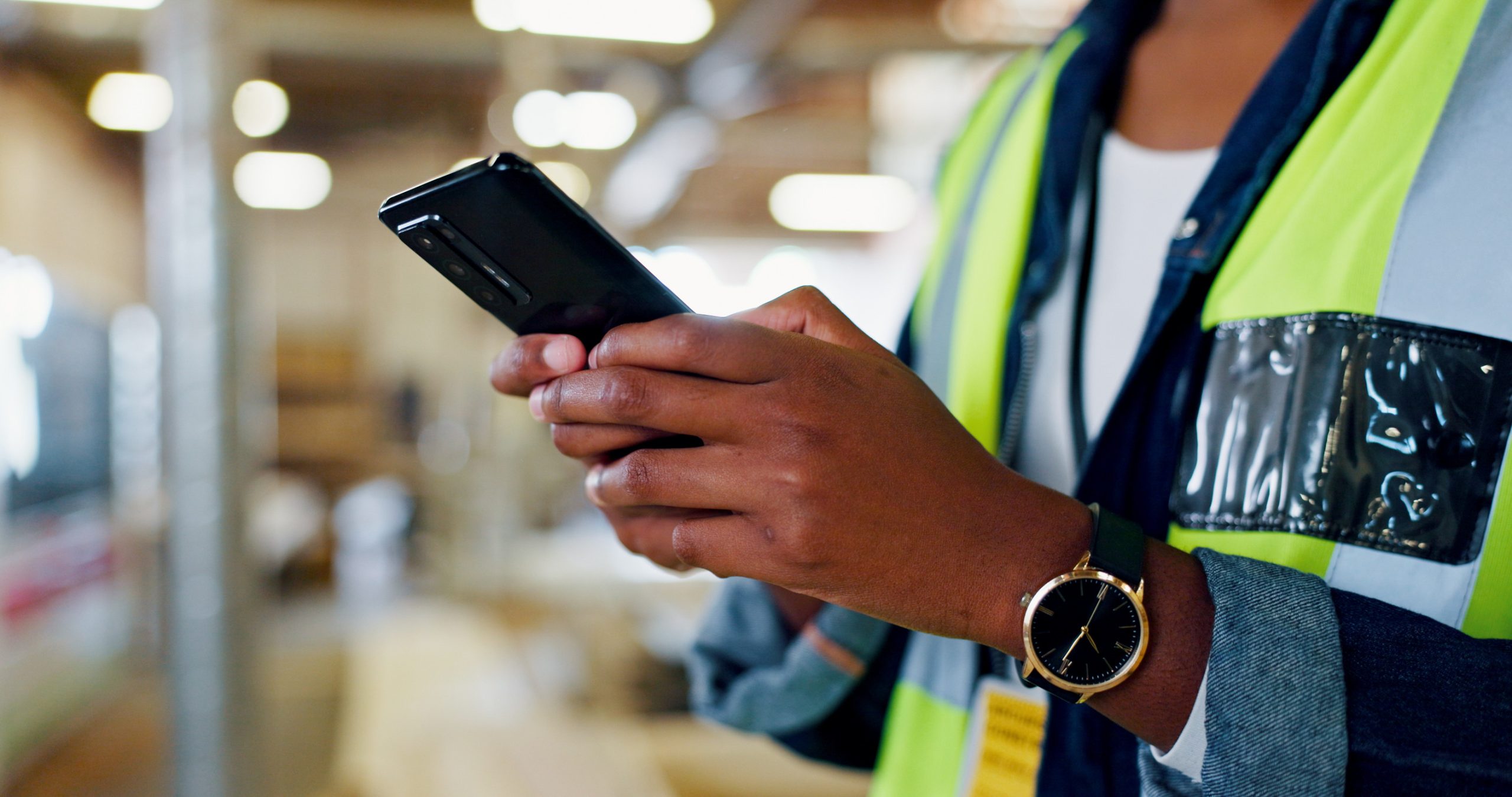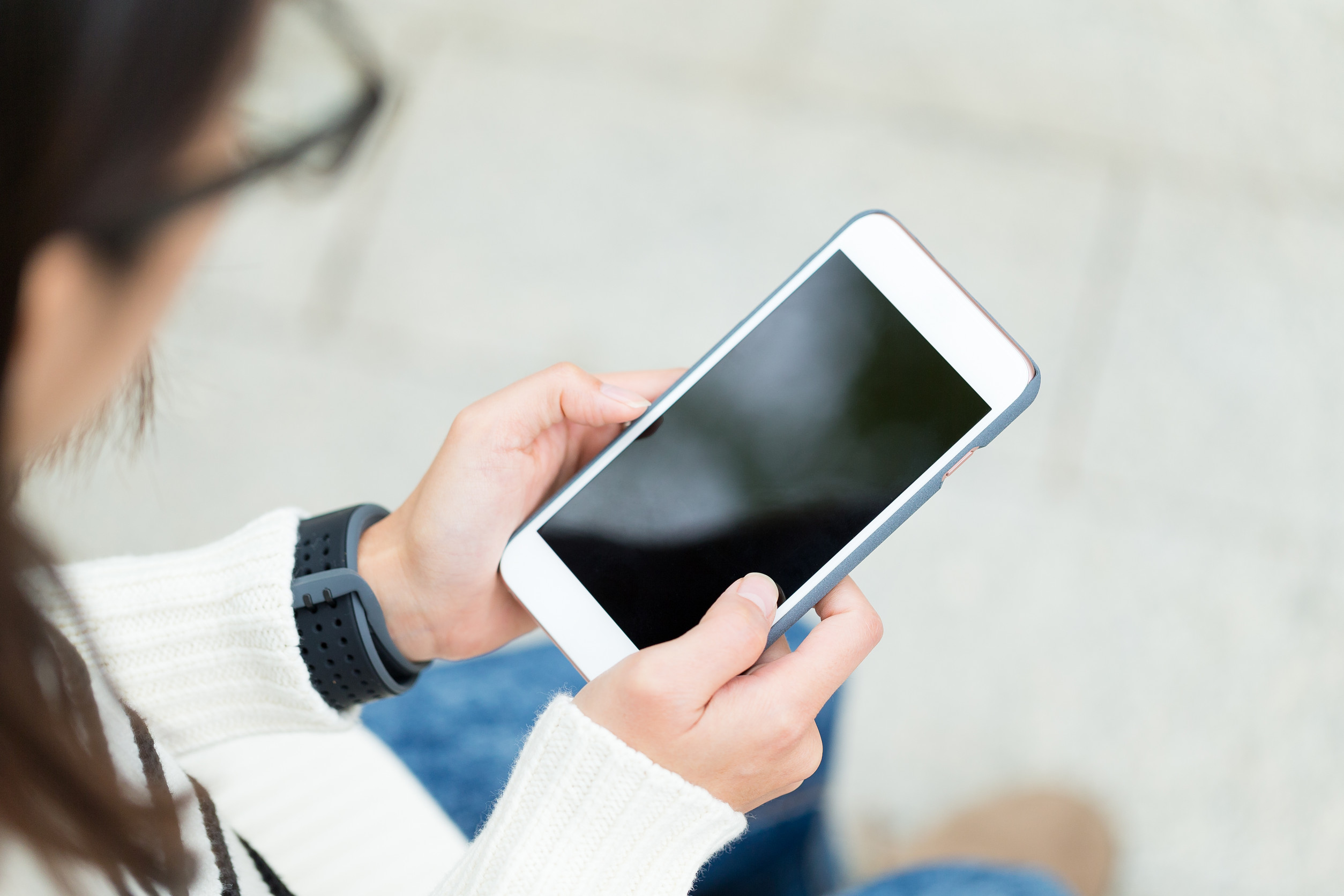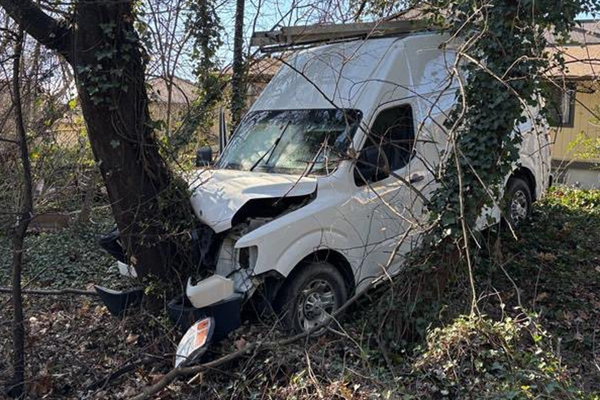
There’s an app for almost everything now—including personal safety. Whether walking home late at night, meeting a stranger from the internet, or just checking in with loved ones, mobile safety apps promise peace of mind.
But here’s the problem: not all of them deliver what they claim. Some apps offer flashy features that look good in theory but crumble under real-world pressure. Relying too much on them can create a dangerous illusion of safety—leaving users exposed when they least expect it.
1. Life360: Tracking Doesn’t Equal Protection
Life360 markets itself as a tool for family safety, but it’s better at location tracking than real emergency support. The app shows where someone is, not what kind of danger they might be in. It can’t verify whether a person is safe, just stationary. Worse, it can create a false sense of control, especially among parents who think knowing a child’s GPS location means they’re protected. In high-risk situations, passive tracking doesn’t offer real-time help or active intervention.
2. Noonlight: Good Concept, But Too Many Gaps
Noonlight connects users to emergency responders with a tap, but it relies heavily on a stable internet or cellular connection. In areas with poor service—or during moments of panic where fine motor control fails—that button may as well not exist. Response times can vary based on dispatcher availability and location, undermining the promise of immediate help. Its automation can’t replace the speed and clarity of an actual phone call to 911. Users often assume it’s a guaranteed lifeline, when it’s really more of a supplemental tool.
3. Citizen: Fear Amplifier Masquerading as Safety
Citizen delivers real-time crime alerts, but it’s more of a fear engine than a security net. It thrives on user-reported incidents, many of which are unverified or exaggerated. This can lead to anxiety, paranoia, and even racial profiling, without offering actual personal protection. People feel informed but not empowered—knowing where danger is doesn’t mean knowing how to avoid it safely. The app turns every neighborhood into a war zone in the user’s mind, skewing risk perception rather than enhancing safety.
4. bSafe: Promises a Lot, Delivers Little
bSafe offers a mix of features—location sharing, voice activation, fake calls, and more—but its performance is often unreliable. Voice activation can fail when users are stressed or in noisy environments, which are common in real emergencies. Many users report crashes and bugs that render the app useless when it’s needed most. It tries to be an all-in-one tool but ends up being a jack of all trades, master of none. Overdependence on its features can leave users without a real backup plan.
5. Kitestring: Too Simple to Be Serious
Kitestring operates through check-ins via SMS, asking users to confirm they’re safe within a set time. If they don’t respond, it alerts their emergency contacts. While the simplicity is appealing, it leaves massive room for failure—what if a phone dies, or a user falls asleep? There’s no active monitoring or verification that the user is actually in danger. It feels secure in theory but is easily derailed by everyday mishaps or technological hiccups.

6. Safe365: Data-Hungry and Invasive
Safe365 claims to help families stay connected and protected, but its real function leans more toward surveillance than safety. The app collects an enormous amount of user data—location, movement habits, even battery levels. This creates privacy risks and fosters a reliance on monitoring instead of trust and communication. It doesn’t intervene in crises, nor does it offer emergency support. The illusion of safety it provides often comes at the cost of personal freedom and real-world readiness.
7. Red Panic Button: One Tap Isn’t Always Enough
Red Panic Button is as simple as it sounds—tap a button to send a distress message with your location. But it assumes that the user is calm enough, aware enough, and physically able to hit the button during an emergency. There’s no follow-up, no two-way communication, and no verification of whether help was received. If someone misses the alert or dismisses it as a false alarm, no action is taken. The simplicity that makes it appealing also makes it deeply flawed when things go wrong.
Safety Starts With Awareness, Not Just Apps
Safety apps can be helpful tools, but they’re not a replacement for real-world preparation, awareness, and communication. The most dangerous thing they offer is a false sense of security—a belief that help is always a tap away, when in reality, that’s not guaranteed. Blind trust in technology can lead to risky behavior and poor decisions in critical moments. A smart approach means knowing an app’s limits and using it as part of a broader personal safety plan.
What are your thoughts on safety apps—have you found any that truly work, or do they all fall short? Share your experience in the comments.
Read More
9 Parenting Apps That Collect More Data Than You Realize
10 Privacy Policies That Let Apps Record You Anyway
The post 7 Safety Apps That Give a False Sense of Security appeared first on Everybody Loves Your Money.







